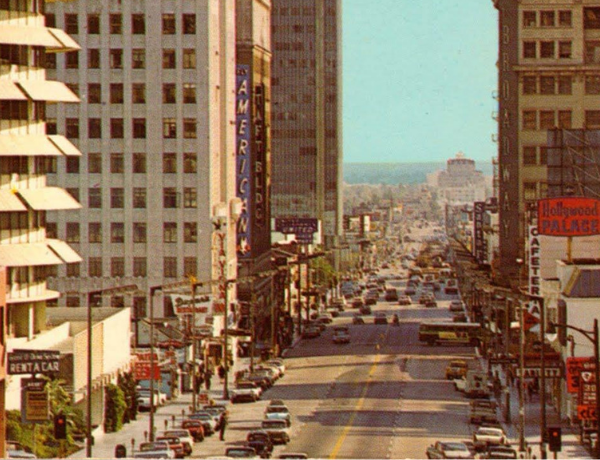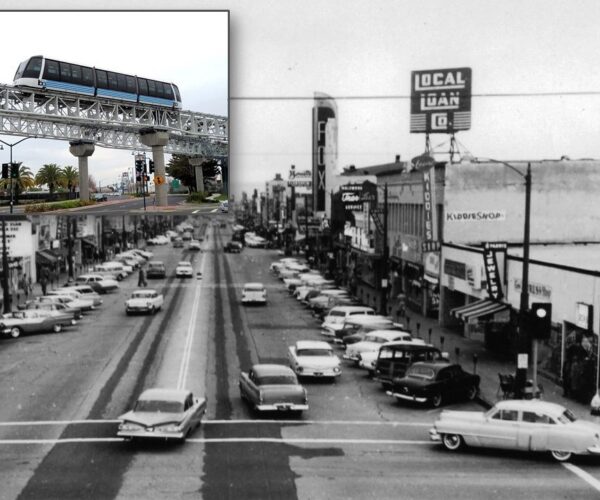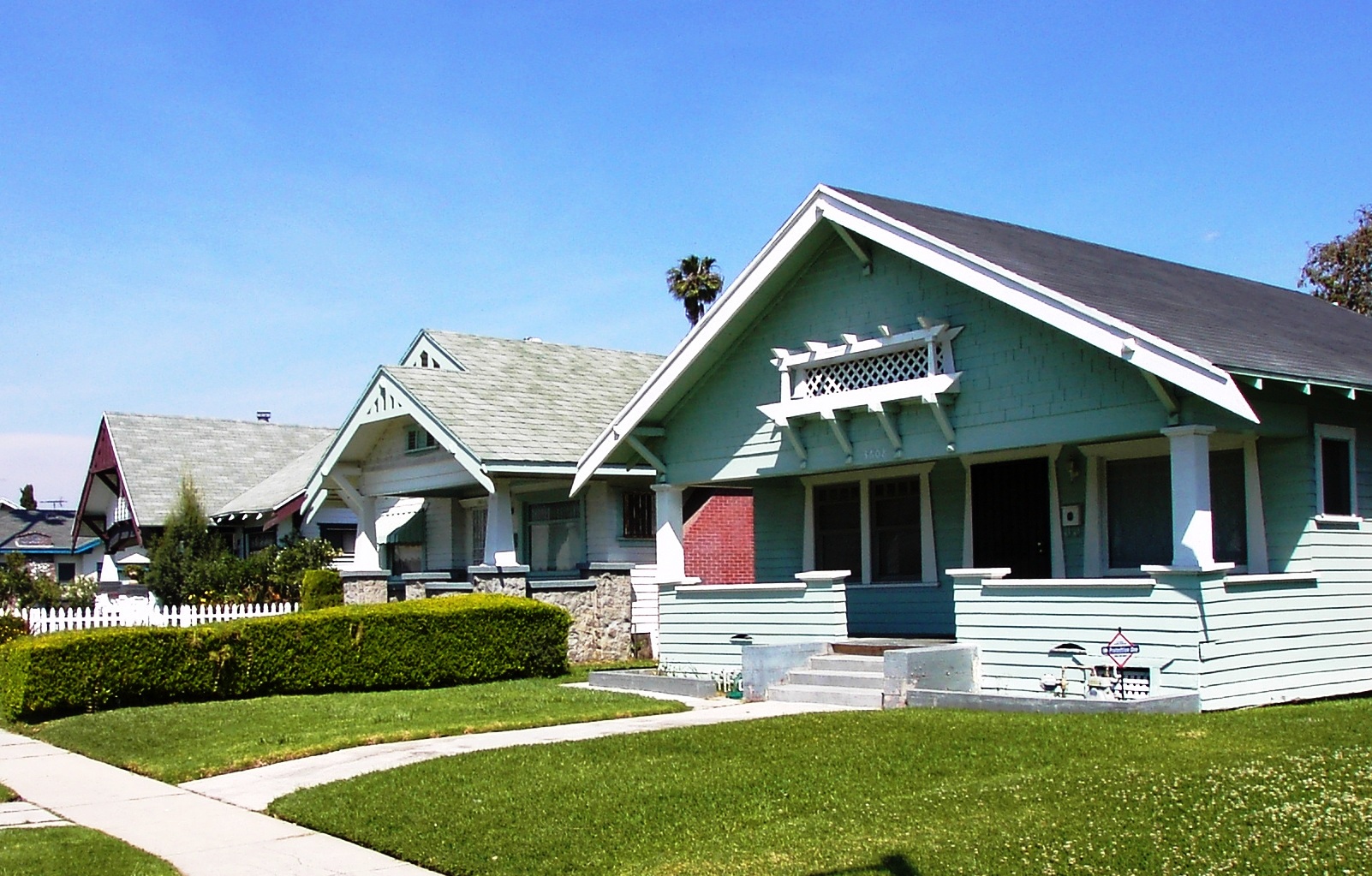
Resolved
Citywide Housing Incentive Program (CHIP) Ordinance
Resolved
The City of Los Angeles was asked to rezone for 255,433 new units of housing by a February 2025 deadline to meet state housing obligations, and the Citywide Housing Incentive Program (CHIP) Ordinance was devised as the main program to achieve this.
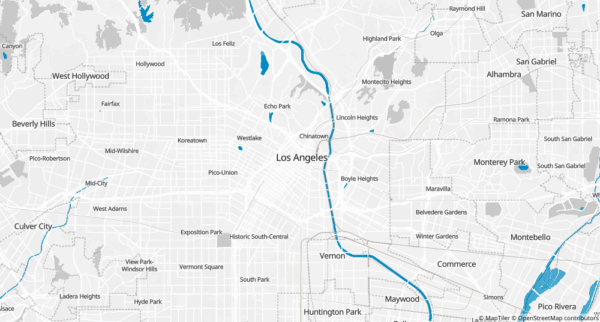
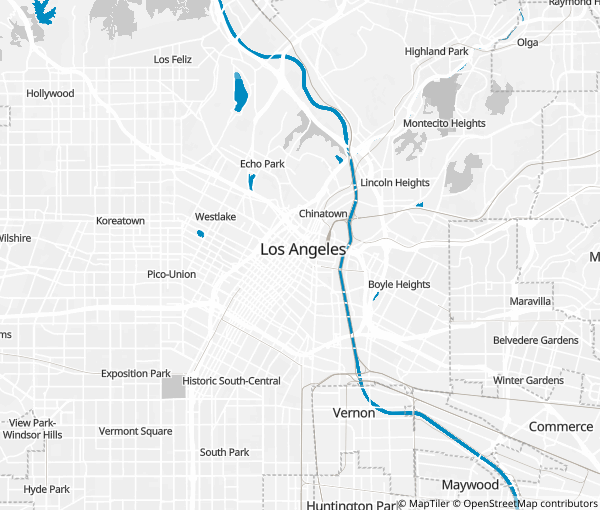
Issue Details
Government Officials
Community
Overview
The City Los Angeles must plan for over 500,000 new units of housing between the years of 2021-2029 as part of 6th Cycle Housing Element, but the “zoned capacity” faced an over 250,000 units shortfall. To plan for more housing, the Department of City Planning introduced the Housing Element Rezoning Program, made up of multiple strategies to add more zoned capacity. Of these programs, none is arguably more impactful than the Citywide Housing Incentive Program (CHIP) Ordinance.
About This Issue
The CHIP Ordinance lets developers who provide on-site affordable units build bigger, denser buildings. Due to overwhelming support to exclude single-family zones, the program is generally limited to commercial and multifamily zones. This preserves single-family neighborhoods (including many designated HPOZs and National Register Districts), but also puts additional stress the limited areas where it now applies.
Many of the commercial corridors in Los Angeles will be eligible for the Opportunity Corridor Program, which allows heights of 5 to 7 stories. Most of the major streets in Los Angeles – think Fairfax, Melrose or Ventura – fall into this category. Areas flanking these corridors fall under the Corridor Transition Program, which allow heights of two to three stories and allows for “missing middle” typologies, but only in areas already zoned multifamily. CHIP also makes codifies elements of the existing TOC program, in a new Transit-Oriented Incentive Areas (TOIA) program.
The CHIP Ordinance was adopted on February 7, 2025 by the City Council and become operative on February 11.
Our Position
The Conservancy believes that CHIP unjustly targets Los Angeles’ historic low-rise multifamily neighborhoods and legacy businesses for redevelopment. These neighborhoods have produced the majority of accessible and affordable housing (RSO and Naturally Occurring Affordable Housing) in LA and are being asked to produce more. If implemented as currently envisioned, we believe CHIP will directly lead to the redevelopment of and unnecessary loss of existing multifamily housing, increasing the displacement of longtime tenants and the potential de-stabilization of neighborhoods.
Throughout the adoption process, we supported Option 5, which removes R2 and RD zones from eligibility in the Opportunity Corridor Program. An associated memo noted that this change would remove approximately 1,900 parcels from the program, collectively containing thousands of Rent Stabilization Ordinance (RSO) Units. Many of these parcels fall in existing Historic Preservation Overlay Zones (HPOZs) including in Highland Park-Garvanza, Carthay Circle, and Angelino Heights, which are some of Los Angeles’s most historic neighborhoods.
We understood that an offset must occur due to the reduction in capacity, and suggested that Option 3 be considered, which would modestly upzone single-family zones but only in the areas with greatest access to the transit. This refined option introduced new low-rise typologies at a 2- to 3-story scale, which we believe can be compatible with single family zones. The option transitions from larger, denser development closest to transit to a lower scale towards the interior of neighborhoods.
The Conservancy pushed for reduced CHIP on parcels containing or designated historic resources, which includes Historic-Cultural Monuments as well as properties listed on the California or National Registers. The Conservancy worked to include an incentive for the retention of surveyed, but undesignated commercial properties, which was introduced as the ‘Surveyed Historic Resource Facade Rehabilitation’ provision in more recent versions of the CHIP ordinance. We were pleased to support these important protections for historic resources that have been enshrined into CHIP.
Timeline
Issue Resources
- Housing Element Rezoning Program Concept Explorer
- City Planning Commission Staff Report and Attachments - Housing Element Rezoning Program - September 26, 2024
- Los Angeles Housing Element 2021-2029
- 'Could L.A.’s rezoning plan to boost housing supply cause more tenant displacement?,' Los Angeles Times, November 14, 2024
- 'Los Angeles rezoning plan won’t spur enough new housing, report finds,' Los Angeles Times, November 18, 2024
- 'L.A. City Council committee approves sweeping housing rezoning plan,' Los Angeles Times, November 20, 2024
